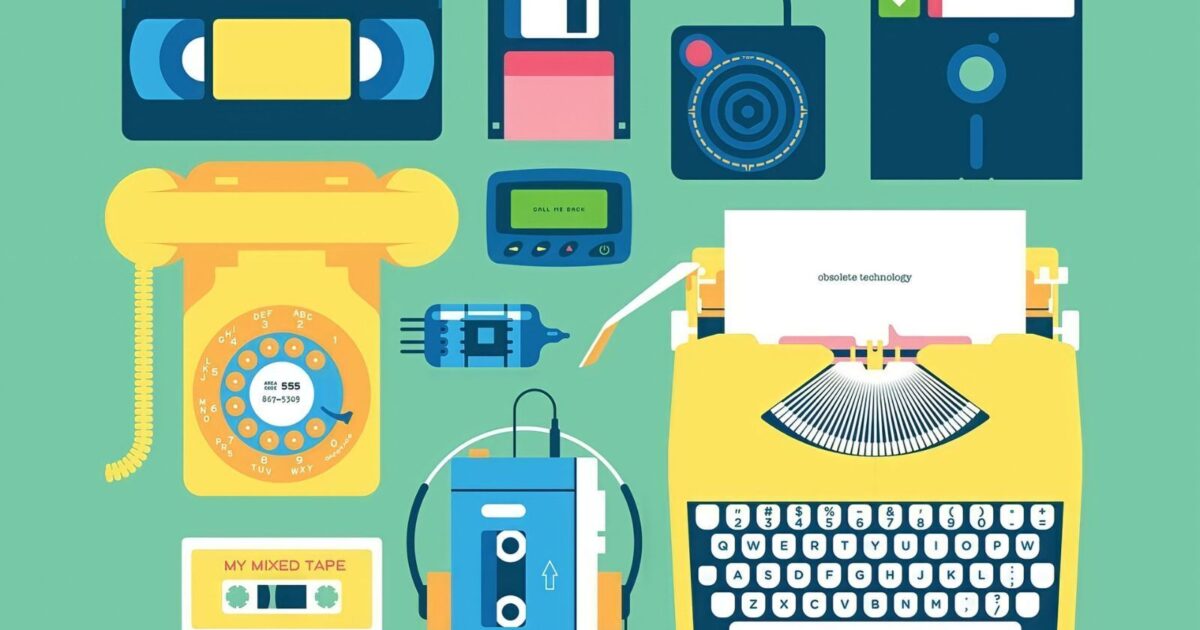
Adobe XD is a vector-based UI and UX design tool and it can be used to design anything from smartwatch apps to fully fledged websites. Let’s take a look at what it offers designers these days and why it became such a powerful tool in the web design industry.
Adobe XD and Figma
Since Adobe announced its acquisition of Figma back in September 2022 (for a whopping $20B) the writing has been on the wall for its own UI design tool. Why continue developing Adobe XD when you have Figma, arguably the superior product?
“Adobe XD is no longer available for purchase as a single application but will continue to be supported for existing users. XD will continue to be available as part of our Adobe Creative Cloud All Apps subscription. We will continue to support existing Adobe XD customers.” — Rishabh Tiwari, Adobe
It hasn’t been plain sailing however, and Adobe are currently being probed by the European Commission for anti-competitive behaviour: essentially removing their competition from the marketplace. A decision is due to be announced on December 14th 2023, so at that point we’ll know more about XD’s fate. Until then, whilst it’s still relevant, let’s have a look at what Adobe XD actually is!
Read more:
What is Adobe XD?

Adobe XD was first introduced as “Project Comet” back in 2015 at the annual Adobe MAX conference. Back then it offered a breath of fresh air to anyone still using Photoshop or Illustrator for their UI design. After all, the web presents very different design challenges to print.
I myself started out designing websites in Photoshop, so I know all about the struggles (especially where responsive and fluid design is concerned) but XD is completely different. It was developed from the ground up, specifically with UI and UX design in mind, so it has loads of features which never existed in other graphics applications.
What is Adobe XD Used For?
What’s important to remember is that Adobe XD addresses the two main problems Photoshop and other graphics applications couldn’t:
- Interaction design isn’t static. A designer cannot communicate a fluid and dynamic design using pixels alone.
- A modern design process involves more than a polished finished article. Wireframing, iteration, and behavior are all part of the collaborative decision making with UI and UX design.
Adobe XD is ideal for vector-based UI design, wireframing, interactive design, prototyping, and hi-fidelity web/app design, for solo designers or whole teams.
Adobe XD Features
Among Adobe XD’s features we can find the following:
These are just some of the great features which have been possible to build into Adobe XD, because it started from a clean slate.
My 3 favorites among them are:
1. Repeat Grids
Repeat grids are awesome. They allow you to make copies of an element and automatically arrange them in a grid. Using controls you can easily change the vertical and horizontal spacing. This can save you a huge amount of time, preventing the need to manually copy and paste (and change) elements in your design.



2. Adobe XD Components
Second on my list would be components and component states. A component in Adobe XD is a reusable element which works on “main” and “instance” logic.



A copy of the main component is called an “instance”. Any changes made to the main are reflected on the instance, but instances can be changed independently of the main. “States” are variations of the component, and in Adobe XD you can easily switch between states really easily in both design and prototype mode.
3. Document Assets
Finally, we have document assets, which allow you to save colors and character styles in a single repository, and then apply them to other elements.



These, along with components, are also saved in a document library which can be shared with other people. This is a really useful feature for creating design systems, for example, or collaborating on single pieces of work.
Prototyping in Adobe XD
That concludes my three personal favorite features, but for most people you’ll find prototyping comes top of the list–and for good reason. With it, you can create really smooth animations and demo your designs in a more genuine environment; with transitions, and multiple screens, and object states. Bringing your designs to life like this, and allowing users to interact with them is extremely valuable.



Price and Platform Availability
One thing I love about Adobe XD is that it’s free to use. It does have a paid plan for anyone who wants access to the collaboration features, but the free app itself is more than enough for most people. Another plus point is that it’s available on Mac OS and Windows, and you can also save all your XD files in Adobe Cloud, meaning you can access them from multiple devices.
To get hold of it visit https://www.adobe.com/products/xd or if you have Creative Cloud app installed and you have a valid subscription you can download it directly from there.
Learn More About Adobe XD
In short, Adobe XD is an amazing tool for anyone interested in UI and UX design, and it certainly elevates your work beyond what Photoshop or Illustrator are capable of. It’s fast, it’s easy to learn, and it’s constantly being updated with new features and improvements.
On Tuts+ you’ll find lots of Adobe XD tutorials and some pretty epic free courses too!








Recent Comments